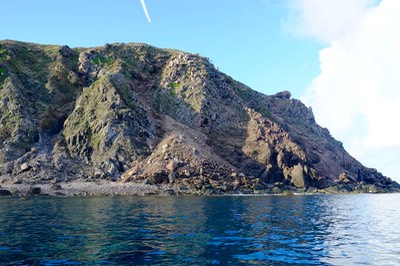Currently we use Radar interferometry, including traditional DInSAR and PSI to study the recent surface deformation around the island of Taiwan. We also employ GPS and leveling to assess more precise point data.
DInSAR - Differential Interferometric SAR
利用DInSAR觀察嘉義市附近地表變形(文章發表於Remote Sensing of Environment <doi:10.1016/j.rse.2007.06.012>)
Deformation around Chiay City (Article published in Remote Sensing of Environment <doi:10.1016/j.rse.2007.06.012>)
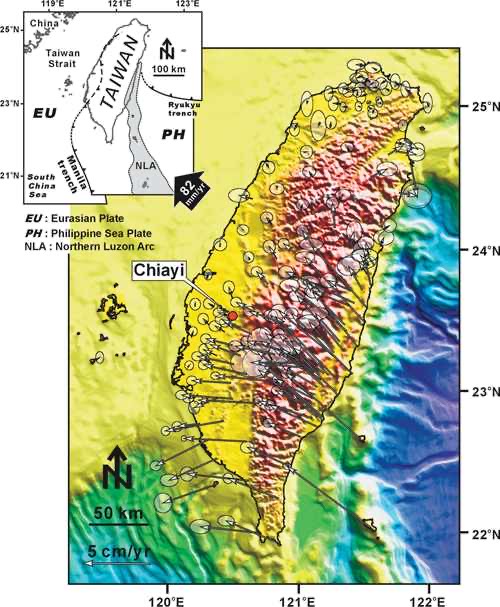
Figure 1. Tectonicsetting and velocity field of Taiwan. Philippine Sea plate is moving toward the Eurasian plate at about 82 mm/yr, creating a large compressive stress regime in the island of Taiwan. The stress is partitioned throughout the entire island as can be seen from the GPS velocity field. (GPS data after Yu et al., 1997)
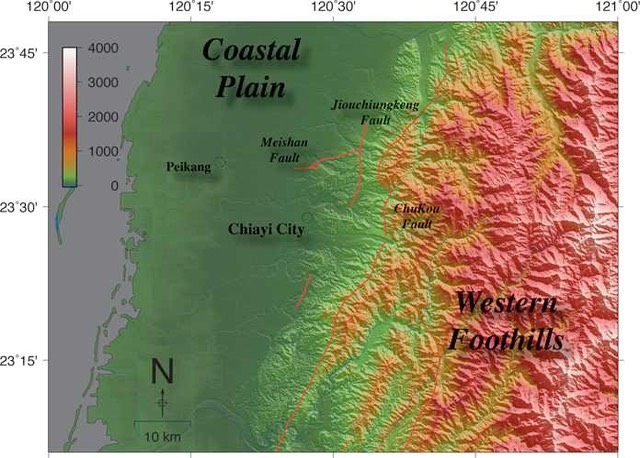

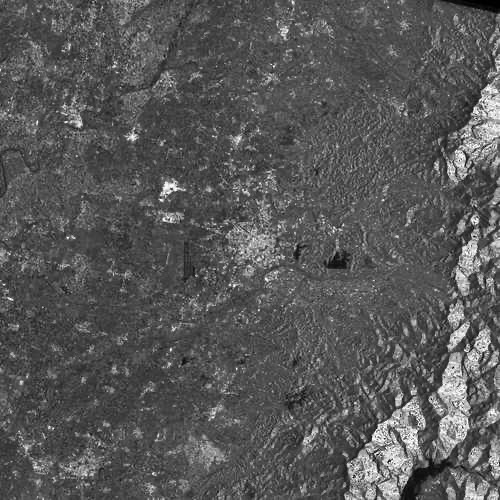

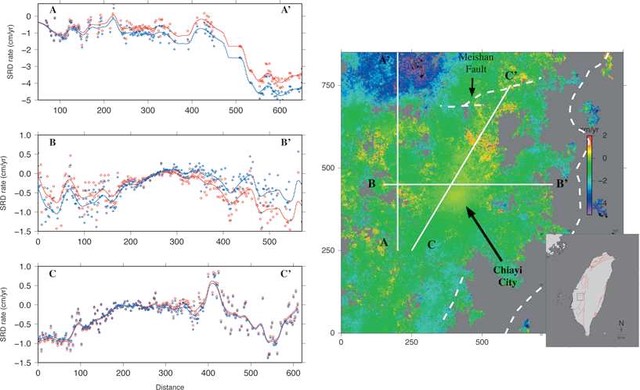
GPS
Prof. Yo-Ho Chang is leading the geodetic team to measure the surface deformation around Hualien.
PSI (Persistent Scatterer SAR Interferometry)
PSI (永久散射體差分干涉)
PSInSAR was a technique developed to investigate surface deformation while minimize possible errors (from uncertainties and inaccuracy of digital elevation model and atmospheric conditions), It is especially great in investigating large rural area. The idea of using stable points rather than entire radar images was not new, but the current incarnation of PSInSAR was mainly developed by Italian scholar A. Ferretti, and later further developed by many others.
Hualien city is located at the northern end of collisional boundary between Eurasian plate and Philippine sea plate.
Figure 1. Study area and tectonic features near Taiwan
Hualien city looks like this. The small urban area was surrounded by farms, rivers, and mountains. The high precipitation in Hualien easily wiped out surface expressions of neotectonic deformation. Therefore, an effective way of monitoring surface deformation, such as PSInSAR, is needed.
Figure 2. Surface deformation revealed by PSInSAR
